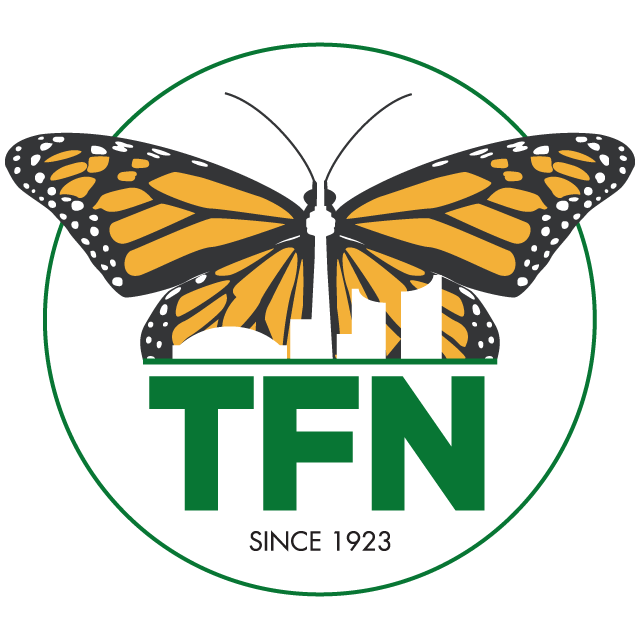Every time we turn on the tap in Toronto, we’re relying on Lake Ontario—a vital part of the Great Lakes system that provides drinking water to 35 million people across Canada and the U.S.
People often ask: Is our water safe to drink or swim in? The answer depends on the health of Lake Ontario.
Canada and the U.S. committed to protecting the Great Lakes through the Great Lakes Water Quality Agreement, first signed in 1972 and updated in 2012. This agreement supports safe drinking water, healthy wildlife, and clean beaches. But cuts to the U.S. Environmental Protection Agency and the National Oceanic and Atmospheric Administration show how fragile progress can be. These agencies provided the data that, in 2014, warned citizens in Toledo, Ohio, not to drink their water, a crisis that affected nearly half a million people.
In Ontario, drinking water is regulated under the Safe Drinking Water Act, and Toronto Water has earned perfect scores for over a decade through independent audits. Bottled water is regulated as a food, with limits only on arsenic, lead, and coliforms. Monitoring is mostly self-regulated, with inspections every three years. Beaches are monitored daily—7 of Toronto’s 10 beaches currently hold the Blue Flag designation for cleanliness.
However, Lake Ontario remains under threat from:
- Road salt
- Plastic pollution
- Urban growth
- Algae blooms from excess nutrients
- Invasive species
What you can do:
- Use rain gardens and barrels to reduce runoff
- Avoid chemical fertilizers and pesticides
- Reduce fertilizers use and avoid run-off
- Cut back on road salt
- Reduce plastic waste
- Join community science efforts like Swim Drink Fish to help monitor water quality
Protecting the Great Lakes requires ongoing commitment. While regulations exist, the long-term health of our lakes depends on all of us. Small changes—like reducing plastic use, limiting chemical runoff, and supporting community science—can make a big difference in keeping our water clean and safe for future generations.
Pete S

